
National Military Bodies
In accordance with the provisions of Article 9.4.b) of Royal Decree 521/2020 of 19 May and Instruction 55/2021 of 27 October, the national military bodies related to international or multinational organisations are:
- The military representations.
- National elements.
- National Element of the Combined Air Operations Centre at Torrejón (NE-CAOCTJ).
- National Element of the National Centre of Excellence Against Improvised Explosive Devices (NE-CoE CIED).
- National Support Elements (NSEs).
- National contingents integrated into international and multinational organisations or forming part of coalitions or collaborations with allied countries, as well as liaison officers posted abroad under the JEMAD.
The bodies reflected in paragraphs 1, 3 and 4 above shall comply with the provisions of Instruction 34/2016, of 19 May, of the Chief of Defence Staff, which regulates the structure abroad under the Chief of Defence Staff in the area of international organisations and its operation, or such instruction as may replace it in the future.
The military representations constitute the permanent units representing the JEMAD before the OISD. They are as follows:
- The Military Representation to the Military Committee of the North Atlantic Treaty Organisation (NATO).
- The Military Representation to the Military Committee of the European Union.
- Military Representation to the Supreme Allied Command Europe.
- Military Representation to Supreme Allied Command Transformation.
National elements are the national components of international organisations located on national territory. In addition to the tasks assigned to them by virtue of the provisions regulating them, they will assume those others deriving from the application of the international agreements regulating the international bodies of which they form part.
The national support elements are the bodies whose main task is to provide administrative and general support to personnel assigned or seconded to the international units attached to it.
The national contingents integrated into international and multinational organisations are made up of Spanish personnel reporting to the CHOD who are assigned or on secondment to the units, centres or agencies of these organisations and who occupy international or multinational posts that are not specific to military representations, national elements or national support elements.
Military Representatives to International Organizations and Allied Commands
- Military Representative to NATO and European Union Military Committees in Brussels: Vice-Admiral José María Nuñez Torrente.
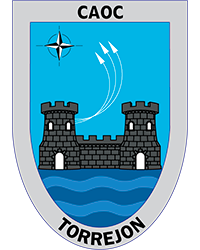
The NATO Combined Air Operations Centre at Torrejón de Ardoz (CAOCTJ) is an international unit of the NATO Command Structure (NCS) which, commanded by a Lieutenant General of the Spanish Air Force, has the mission of planning, directing, coordinating, supervising, analysing and reporting on the air defence operations of the assets assigned to it in peace, crisis and conflict, following the directives of the NATO air component in its area of responsibility.
A second mission, also of primary importance for the CAOC, is to house the capability to activate an air component command structure for crisis and conflict management in any other location outside our national territory.
Instruction 55/2021, of 27 October, of the Chief of Defence Staff, which develops the organisation of the Defence Staff, establishes:
- The National Element of the Combined Air Operations Centre at Torrejón (CAOCTJ) includes Spanish personnel assigned to international staffs, as well as the personnel of the National Support Element (NSE).
- Reporting to the JEMAD, the most senior and senior officer of the National Element will be responsible for the organic command of the CAOCTJ national staff, with the corresponding disciplinary and administrative authority.
- The Head of the CAOCTJ National Element will represent Spain in the framework of the CAOCTJ and in the framework of the Nato Communications and Information Agency (NCIA) Detachment in Torrejón.
- It will assume, through the Spanish NSE, responsibility for information and management in the application of the rights recognised for Spanish and foreign personnel assigned to the CAOCTJ, NSE ESP and NCIA Detachment in the agreement between the States Parties to the North Atlantic Treaty relating to the Status of their Forces (SOFA), and in the agreements that complement it.
- It will assume, through the Spanish NSE, responsibility for information and management in the application of the aforementioned rights when so determined for personnel of Alliance countries participating in international military activities, entities or detachments in Spain in which National Support Elements have not been created. For the tasks of information and management of the aforementioned rights, it will report functionally to the Directorate General for Defence Policy (SOFA Implementation Office).
- It will assume, through the Spanish NSE, the representation of Spain as Host Nation in the management of the headquarters agreements contained in the Garrison Support Arrangement (GSA) and Technical Agreements (TA) of development.
- The National Element of the CAOCTJ will be structured as follows: National Support Element (NSE ESP-TJ) and Staff Personnel Group (CAOC ESP), comprising the Spanish international staff of the CAOCTJ and the NCIA Detachment (NCIA ESP).
Origin of the CAOCTJ
At the Lisbon Summit in 2010, the Heads of State and Government of the Atlantic Alliance agreed on the implementation of NATO's new strategic concept, which was to serve as the organisation's roadmap for the next ten years. This new concept was to materialise, during the June 2011 Defence Ministers' meeting, in the NATO Secretary General's proposal for a new NATO command structure and geographical distribution of NATO Headquarters.
Once the changes were implemented, NATO was left with only two CAOCs, one located in the German town of UEDEM, responsible for the northern flank, and the CAOCTJ responsible for the southern flank, both under the command of a single Air Headquarters located in Ramstein (Germany).
COMMANDER (COMCAOCTJ)
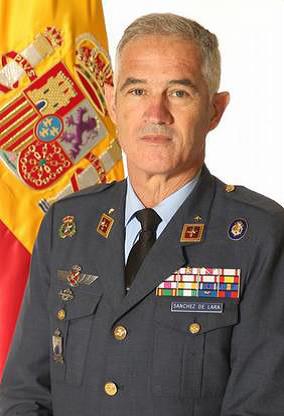
Name: Juan Pablo Sánchez de Lara
Rank: Lieutenant General
Position: Commander of the CAOC-TJ
BIOGRAPHY: CV LTG Juan Pablo Sánchez de Lara
MISSION
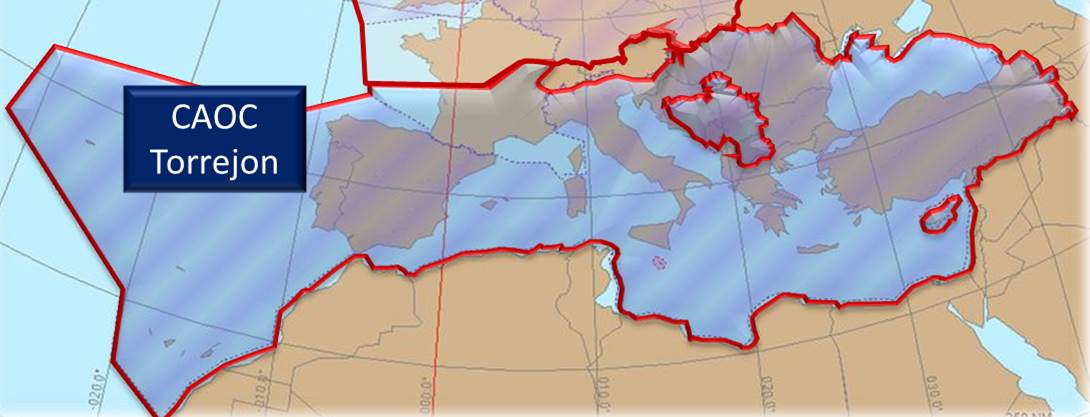
With the aforementioned reduction of NATO air traffic control centres, the CAOCTJ had to integrate the capabilities of the five NATO air traffic control centres in the South prior to the Lisbon Summit in 2010, thus extending the airspace of responsibility to cover the Azores to Romania and the Canary Islands to Turkey.
This means that Portugal, Italy, Greece, Turkey, Bulgaria, Romania, Hungary, Slovenia, Croatia, Albania, Montenegro, the southern half of France and Spain are located in the CAOCTJ's area of responsibility, covering some 6,500 kilometres from east to west, the entire Mediterranean Sea, the Black Sea and part of the Atlantic.
Bordering the area of responsibility to the south and east are countries that are friends and allies of NATO as well as some areas of growing instability.
The geographical scope is reflected in the CAOCTJ's emblem, representing the Pillars of Hercules and the Bosphorus as towers with gates, both linked by the air defence wall facing the Mediterranean for which the CAOCTJ is responsible.
The Torrejón CAOC has been fulfilling its mission since the beginning of 2013, evolving through a plan to adapt the former CAOC 8 to the new structure of the Alliance, progressively taking on the air defence of the different countries in its area of responsibility. For this reason, all command and control equipment and systems have been modernised, achieving full operational capability in October 2014, being the first unit of the new structure to reach full operational capability.
STAFF
The Torrejón CAOC is staffed by about 200 personnel from 18 countries from all three armies. In addition, the CAOCTJ is supported by a detachment from the NATO Communications and Information Agency (NCIA), as well as a number of Spanish national support units (NSE) and other countries with personnel present at the CAOC, bringing the total number of personnel assigned to the CAOC to some 300. Spain, as the host nation, fills a considerable part of the posts in these agencies.
Partner countries contributing personnel to this centre are: Albania, Bulgaria, Canada, Germany, France, the United Kingdom, Greece, Croatia, Hungary, Italy, North Macedonia, Portugal, Romania, Slovenia, Turkey, Montenegro, the United States and, as host nation, Spain.
This list of countries is an example of the multinational environment in which the centre carries out its mission to deal with the area threat, which, due to its rapid nature, requires perfect coordination and teamwork between the countries represented in the CAOC and the resources made available to the Alliance.
STRUCTURE
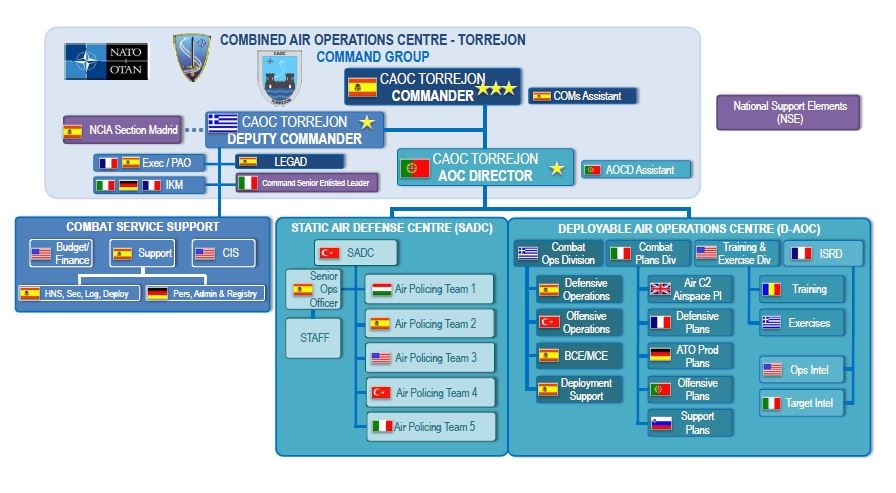
The CAOC's own dual mission means that the Centre is structured in two main parts, one of which is activatable or deployable in a crisis and the other static and focused on the air defence of NATO territory.
The former includes the Training, Intelligence, Plans and Operations Divisions, and its size is flexibly adapted to the nature and size of the operation. The static part is responsible for achieving the primary air defence objective of NATO countries in accordance with the NATO Integrated Air and Missile Defence System (NATINAMDS).
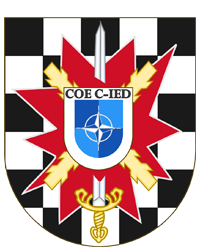
The mission of the Counter Improvised Explosive Devices Centre of Excellence (C-IED COE) is to serve as an international touchstone in the counter terrorism struggle. The main intention was not only to contribute to the overall well being of the troops and civilians involved in any operation but also to the security of the allies.
The nations currently sponsoring the C-IED COE are: Czech Republic, France, Germany, Hungary, Netherlands, Portugal, Romania,Turkey, United States, Greece, Spain as the framework nation, and Sweden as an additional contributing partner. The Centre is manned by 60 people, 31 posts are assigned to the Framework Nation and other 13 are open to current and future Sponsor Nations. Spain contributes with additional staff members to provide the Host Nation Support (HNS).
This NATO Centre of Excellence is one of the actors mentioned in the NATO C-IED Action Plan, which is “aimed to reduce the strategic impact of IEDs in Afghanistan, current and future conflicts by limiting their tactical and operational effects”. It identifies actions required to be fulfilled by the Centre from 2010 onwards
To its mission fulfillment, C-IED COE collaborates and cooperates with organizations, national and international, from all the communities involved in the C-IED fight (military, law enforcement, intelligence, and academia).
The Centre aims to become a reference in three main areas within the C-IED community:
- C-IED information sharing: Coordinating and merging mil/non mil CIED related Intel sources, improving multi-national info sharing and establishing/promoting Intel forums.
- Technology & Development: Gathering information on current and emerging technology (Knowledge), and, simultaneously, confronting operational needs with technological solutions. It supports also to CNAD’s C-IED Materiel Roadmap in some of its initiatives.
- Training: Coordinating international training efforts, avoiding duplications and identifying special training expertise, as NATO C-IED Training Department Head since 2013. From the mentioned areas the following efforts are worth pointing out:
C-IED CoE DIRECTOR
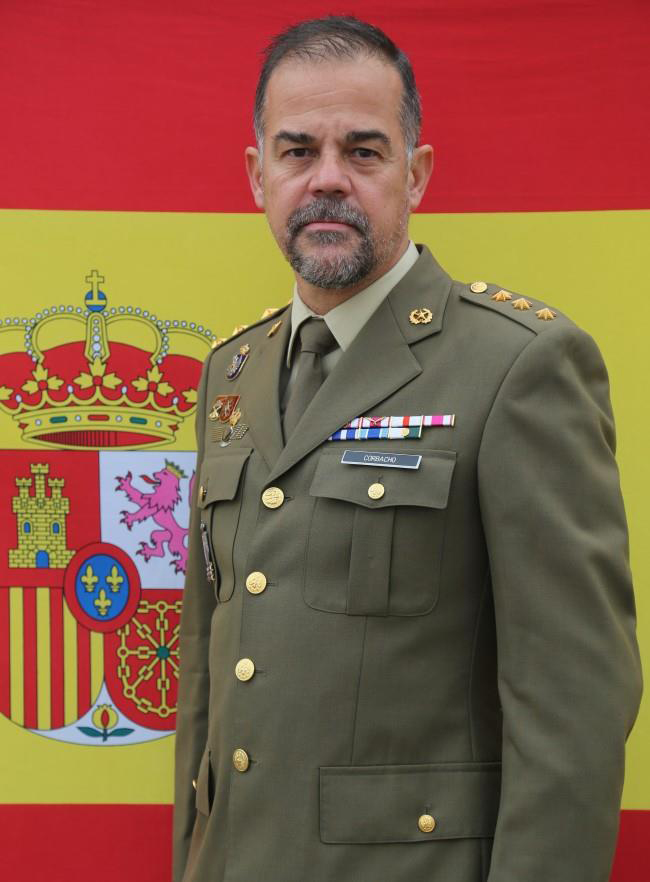
Name: Javier Corbacho Margallo
Rank: Colonel
Position: Director del CoE C-IED
BIOGRAPHY: CV del Col Javier Corbacho Margallo

